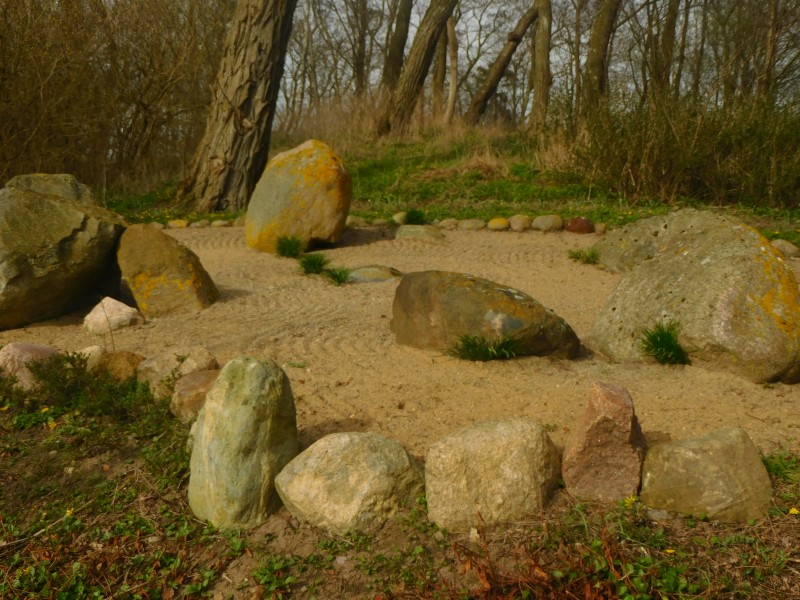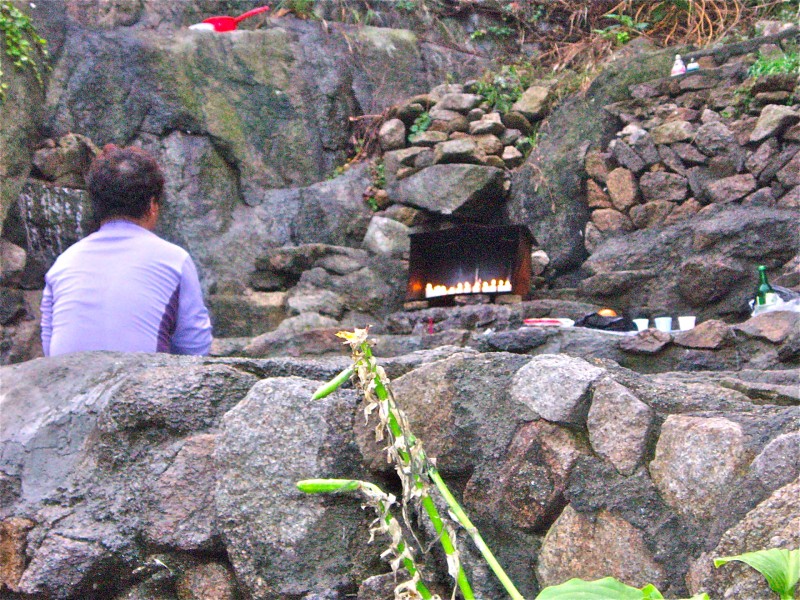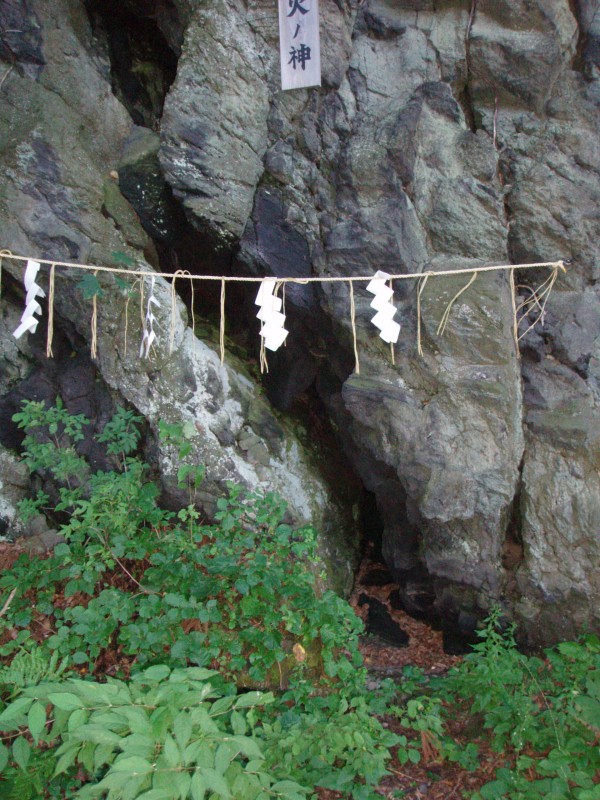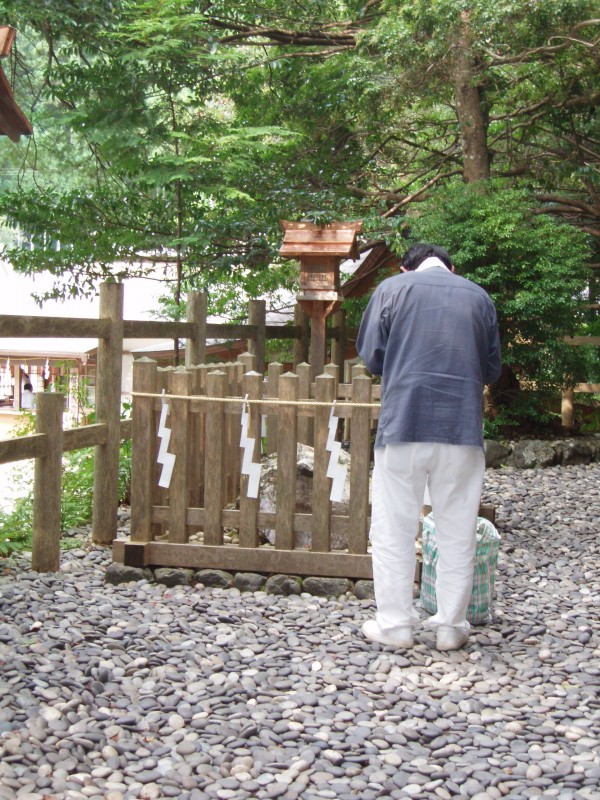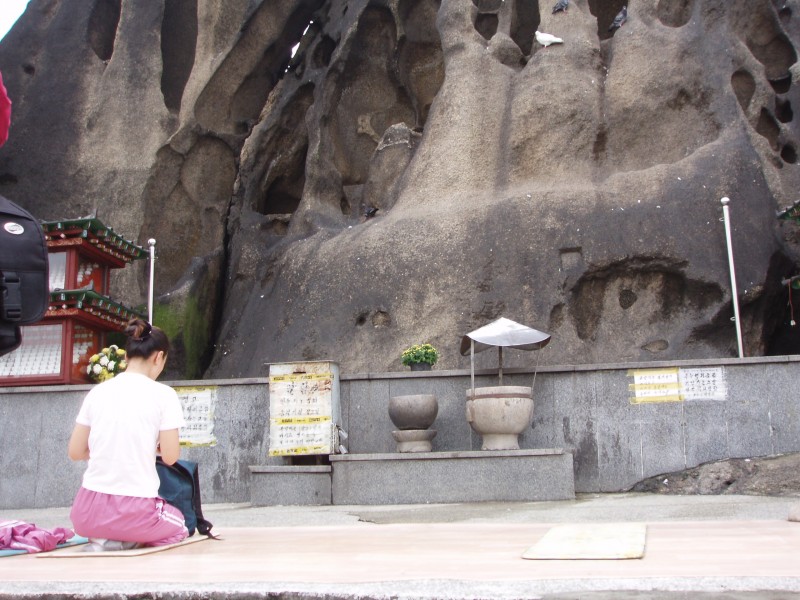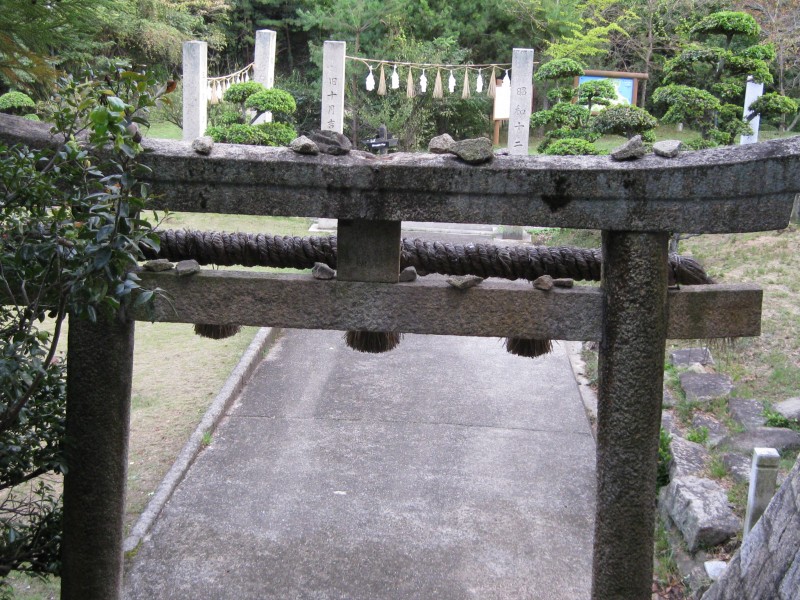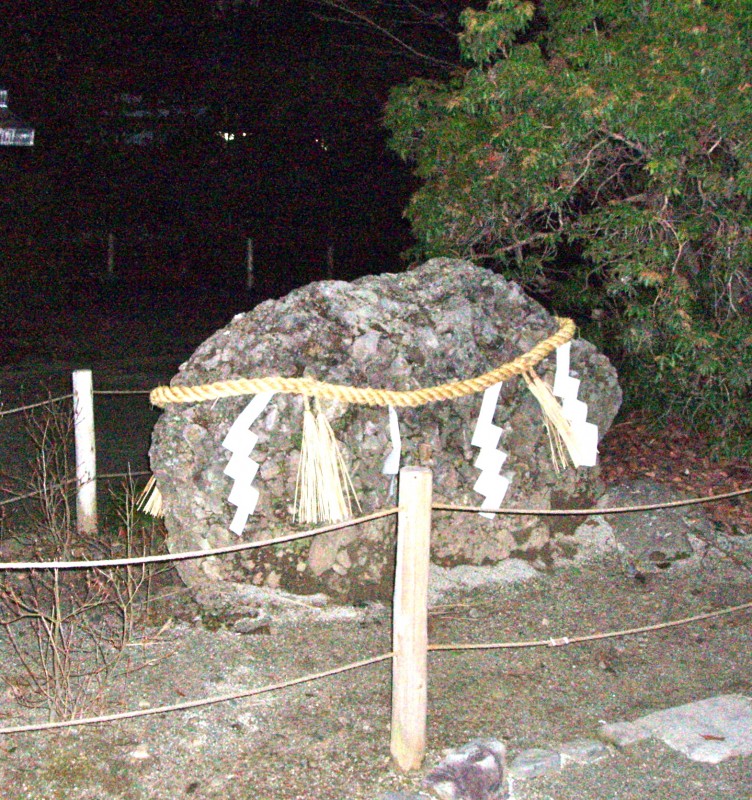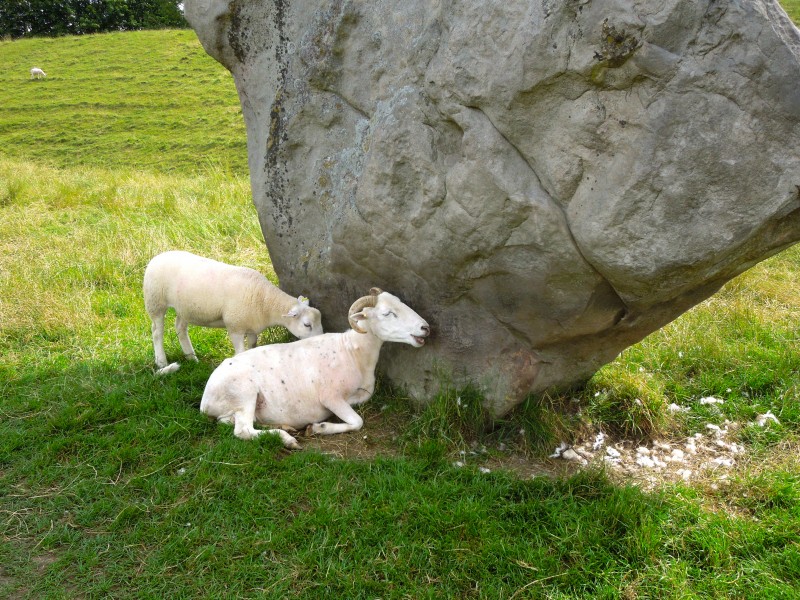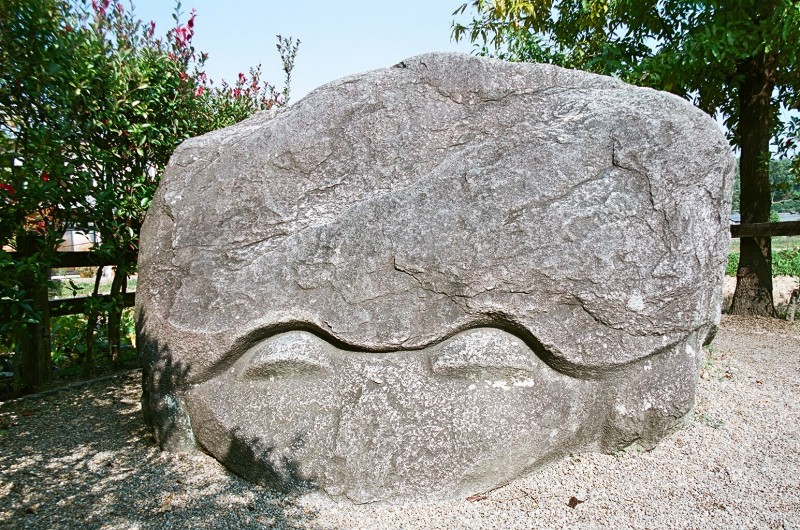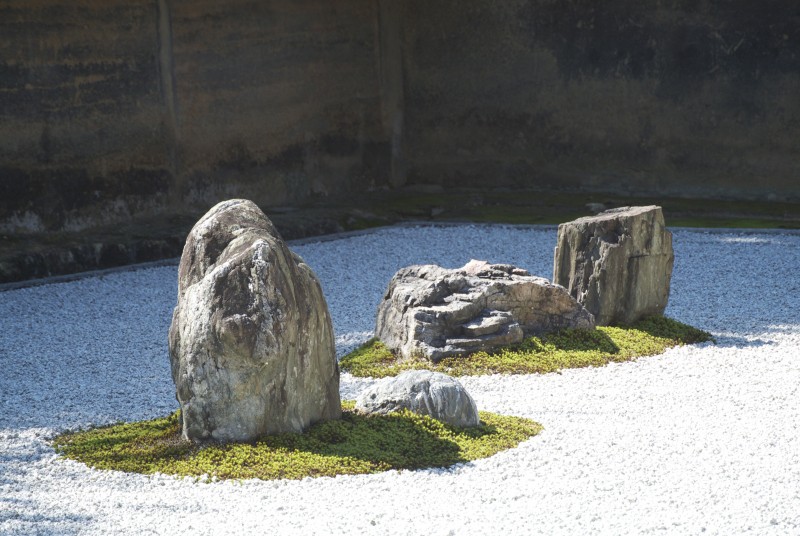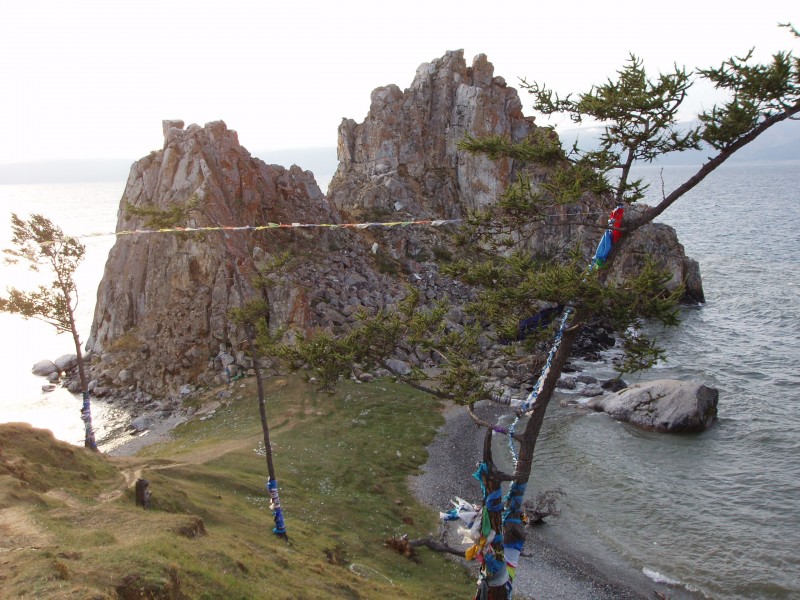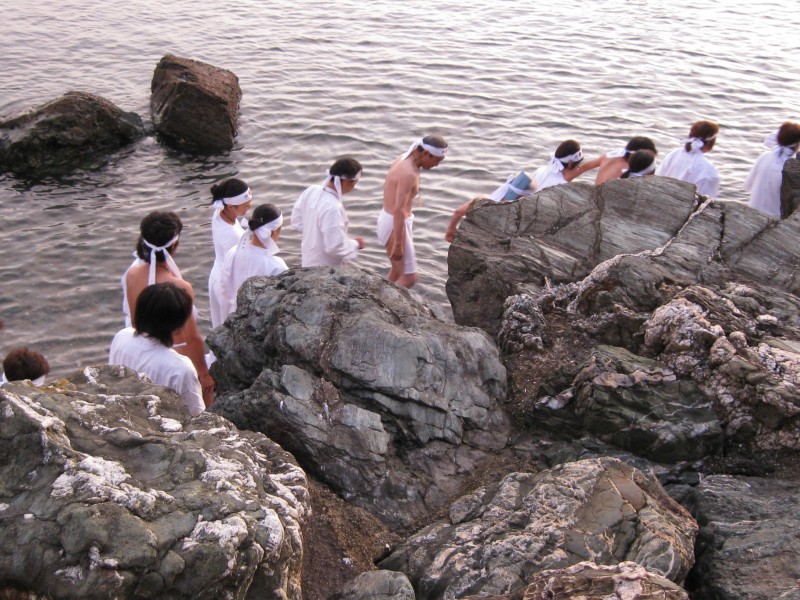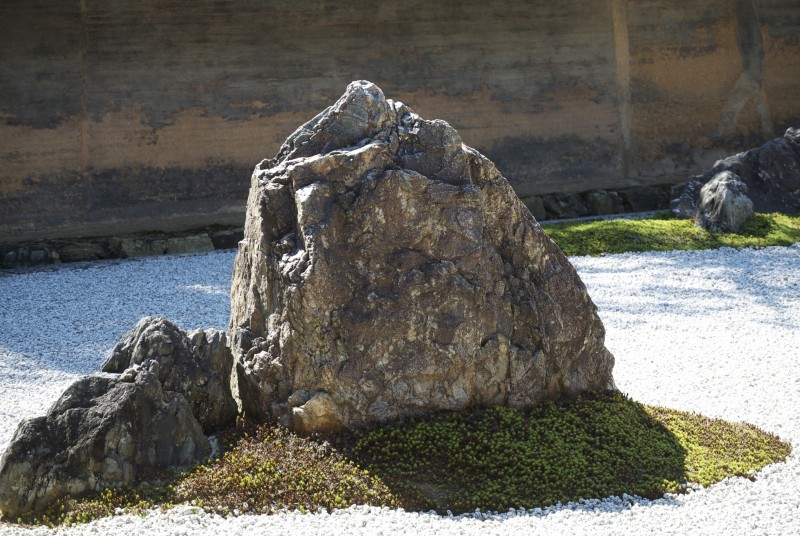A couple of recent articles in The Guardian tackle human relationships with non-sentient phenomena, and the way that trees relate to each other. The first is by Dr Penelope Dransart, reader in anthropology at the University of Wales.
*************
Paul Kingsnorth urges us to follow the poet Robinson Jeffers in “unhumanising” our views, to open our (human) minds “from ourselves” (The call of the wild, Review, 23 July). He presents an inspiring list of novels to help us to acknowledge the sentience of other beings. Many ethnographers also help us to gain precious insight into other ways of thinking. From the 1930s Alfred Irving Hallowell adopted the phrase “other-than-human persons” in his exploration of relationships between entities such as rocks and humans among the Northern Ojibwe (Canada) and how these sentient others reveal themselves to people.
More recently, Eduardo Viveiros de Castro has been urging us to exchange perspectives not only with other human beings whose intellectual traditions differ from the “artifact[s] of western individualism” discussed by Kingsnorth but also with other sentient beings of the cosmos. In what he calls perspectival multinaturalism, Viveiros de Castro argues there is no one undifferentiated state of “nature” as western orthodoxy would have it. Eduardo Kohn’s How Forests Think is an example of an ethnography that dissolves human and non-human categories. He set himself the task of understanding the existence of forests as an emergent process in which human and non-human beings engage in making and communicating signs to each other.
************
The second article, by Tim Lusher, concerns how trees communicate with each other…
Trees have friends, feel loneliness, scream with pain and communicate underground via the “woodwide web”. Some act as parents and good neighbours. Others do more than just throw shade – they’re brutal bullies to rival species. The young ones take risks with their drinking and leaf-dropping then remember the hard lessons from their mistakes. It’s a hard-knock life.
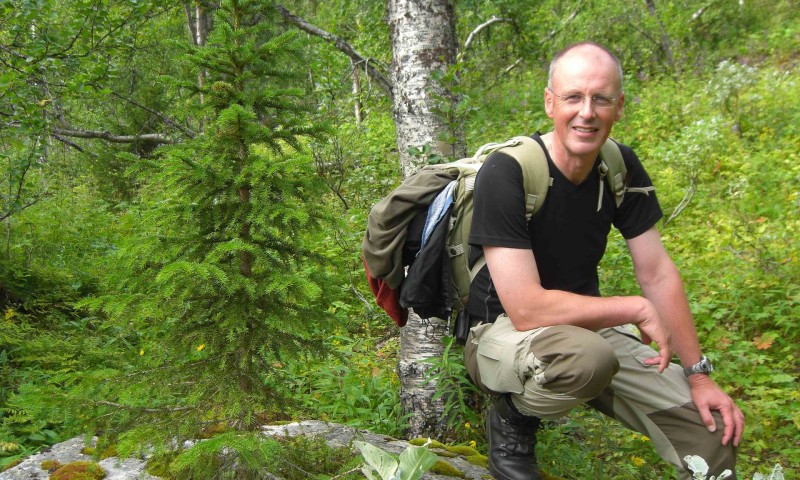
Peter Wohlleben and tree friends. Photograph: Peter Wohlleben
A book called The Hidden Life of Trees is not an obvious bestseller but it’s easy to see the popular appeal of German forester Peter Wohlleben’s claims – they are so anthropomorphic. Certainly, a walk in the park feels different when you imagine the network of roots crackling with sappy chat beneath your feet. We don’t know the half of what’s going on underground and beneath the bark, he says: “We have been looking at nature for the last 100 years like [it is] a machine.”
There’s a touchy-feely warmth to the book – an “ouch!” when he describes trees having branches hacked, roots cut or being gnawed by insects – and he talks about “brainlike things” going on in trees that enable them to learn over their long lifetimes. He points to scientific research – by Aachen University, the University of British Columbia and the Max Planck Society – that he claims underpins all his vivid descriptions, but he writes as a conservationist and admits that much is still unknown. “It’s very hard to find out what trees are communicating when they feel well,” he says.
Wohlleben – the name translates as “Livewell” – has developed his thinking over the past decade while watching the powerful but self-interested survival system of the ancient beech forest he manages in the Eifel mountains of western Germany. “The thing that surprised me most is how social trees are. I stumbled over an old stump one day and saw that it was still living although it was 400 or 500 years old, without any green leaf. Every living being needs nutrition. The only explanation was that it was supported by the neighbour trees via the roots with a sugar solution. As a forester, I learned that trees are competitors that struggle against each other, for light, for space, and there I saw that it’s just vice versa. Trees are very interested in keeping every member of this community alive.”
The key to it, he says, is the so-called woodwide web – trees message their distress in electrical signals via their roots and across fungi networks (“like our nerve system”) to others nearby when they are under attack. By the same means, they feed stricken trees, nurture some saplings (their “most beloved child”) and restrict others to keep the community strong.
“Trees may recognise with their roots who are their friends, who are their families, where their kids are. Then they may also recognise trees that are not so welcome. There are some stumps in these old beech reservations that are alive, and there are some that are rotten, which obviously have had no contact with the roots of supporting neighbours. So perhaps they are like hermits.” It sounds like living in a small village – as he does, in Hümmel, near the Belgian border.
He writes about the unforgiving woodland etiquette – no one likes a showoff who crowds everyone out and hogs the resources. When trees break the rules, you end up with a “drunken forest”. He describes “upright members of ancient forests … This is what a mature, well-behaved deciduous tree looks like. It has a ramrod-straight trunk with a regular, orderly arrangement of wood fibres.”
In Wohlleben’s analysis, it’s almost as if trees have feelings and character. “We think about plants being robotic, following a genetic code. Plants and trees always have a choice about what to do. Trees are able to decide, have memories and even different characters. There are perhaps nicer guys and bad guys.”
So which are good, bad and sad? Beeches and oaks form forests that last for thousands of years because they act like families, he says. Trees are tribal (“They are genetically as far away from each other as you and a goldfish”) and ruthlessly protect their own kind: “Beeches harass new species such as oak to such an extent that they weaken.” Douglas fir and spruce also bond within their species.
Willows are loners. “The seeds fly far away from other trees, many kilometres. The trees grow fast and don’t live very long. They are like Usain Bolt – always the first, then they can’t breathe any more after 100 years and then they are gone.” Poplars aren’t social either and “a birch will wipe other trees away so it has more space for its crown. That doesn’t sound very nice but I think birch has no other choice because that’s what it’s grown like because of its genes.” City trees are like street kids – isolated and struggling against the odds without strong roots.
Wohlleben, 52, used to work as a state forester, viewing trees as lumber, then began running survival training courses and log-cabin tours. Since 2006, he has managed the forest on behalf of the community, banning machinery and selling burial plots with trees as living gravestones. His book became a bestseller in Germany last year, charting higher than memoirs by the pope and former chancellor Helmut Schmidt. His accessible, chatty style made him a hit on TV chatshows but he doesn’t want to be seen as a tree whisperer, telling the Frankfurter Allgemeine: “I don’t hug trees and I don’t talk to them.”
He talks about the natural world admiringly, wondrously even, but unsentimentally. “The question for me is not should we use any living being but just how to deal with them.” He wants us to cut down our wood consumption and enjoy trees more – he describes them as “plant elephants”. Have we lost our connection with the natural world? “No, I don’t think so. Perhaps we have a little distance because scientists over the last 200 years have taught us that nature works without soul.”
The Hidden Life of Trees, What They Feel, How They Communicate by Peter Wohlleben is published by Greystone Books.
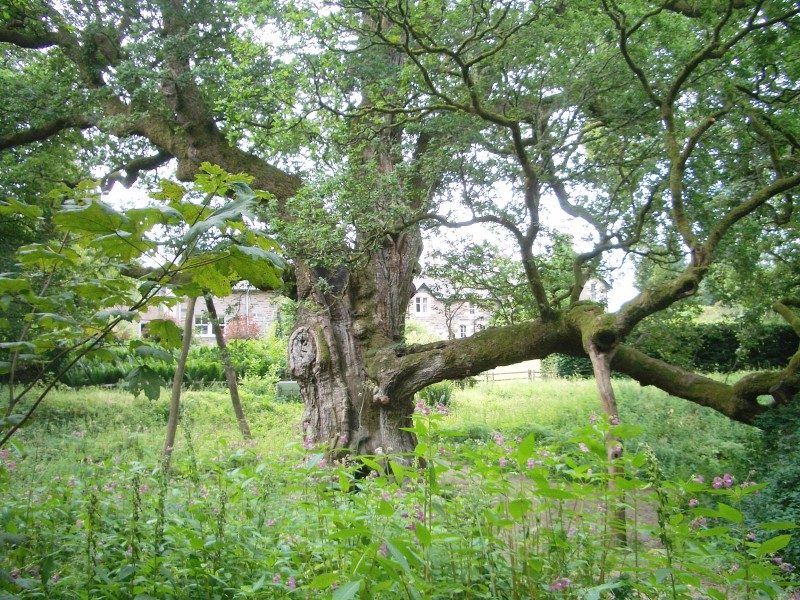

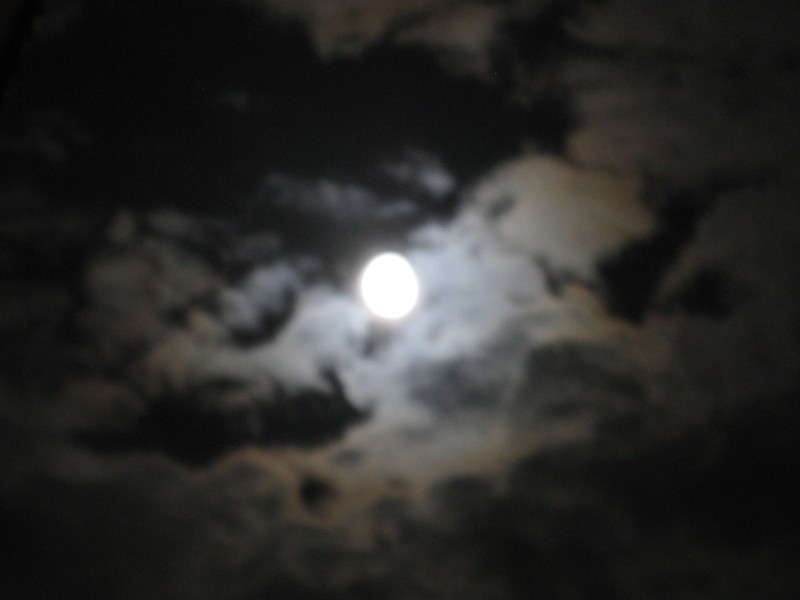
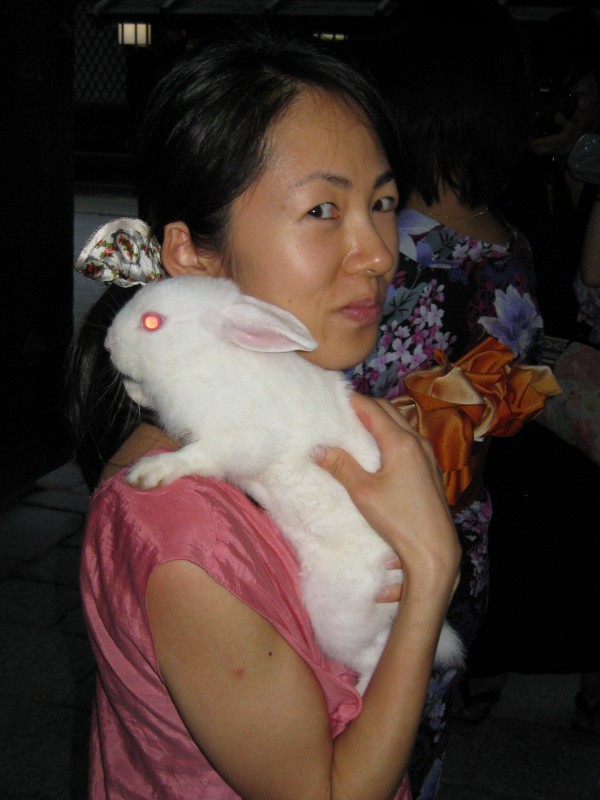


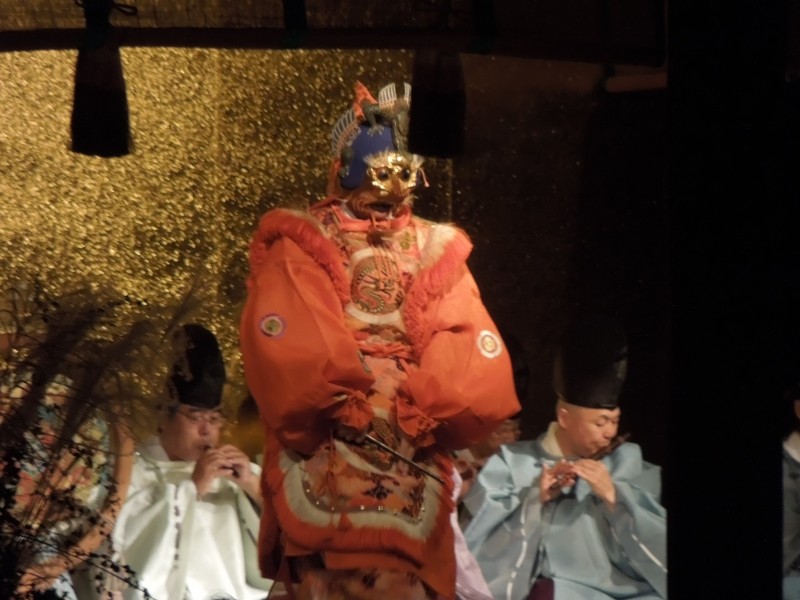
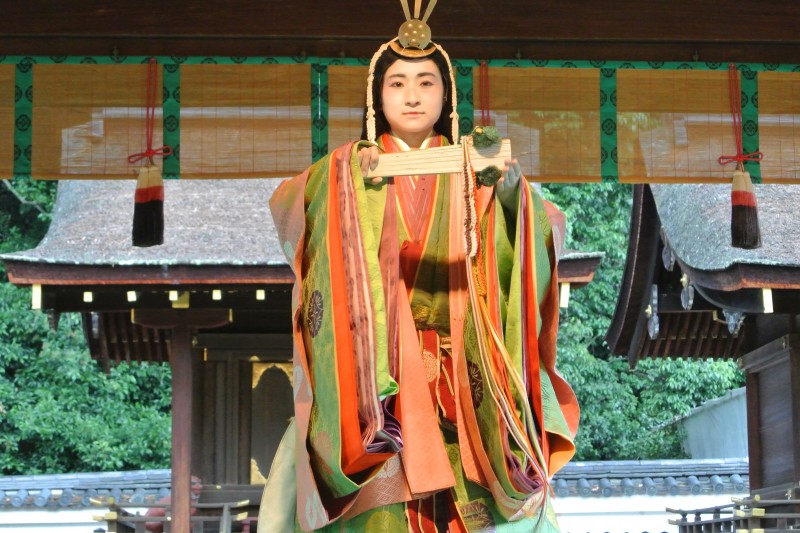

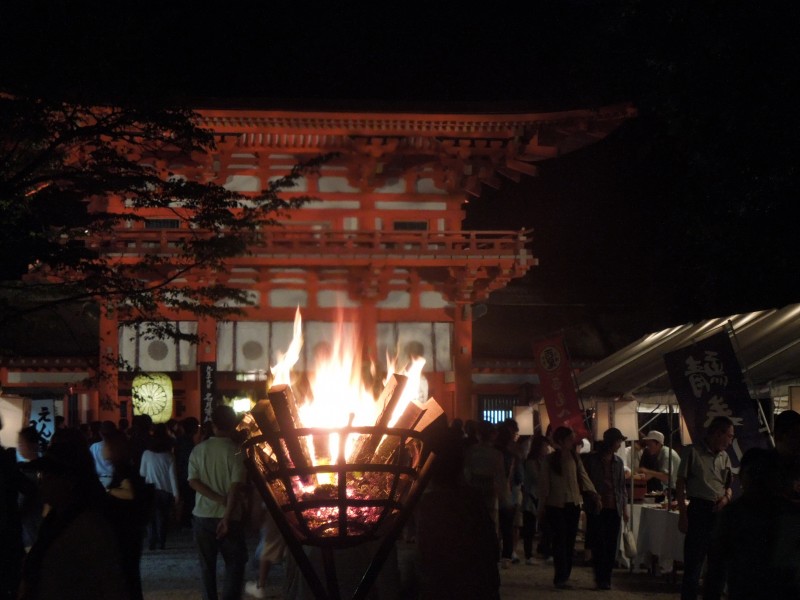
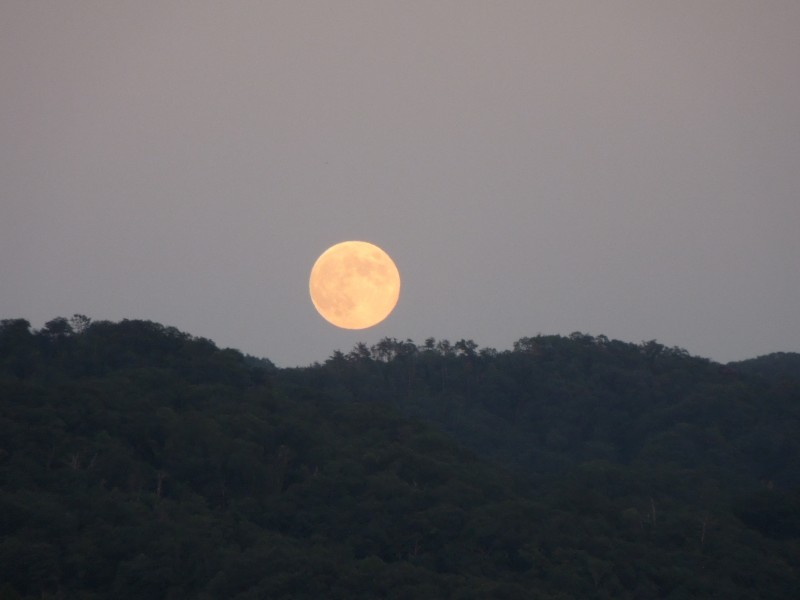

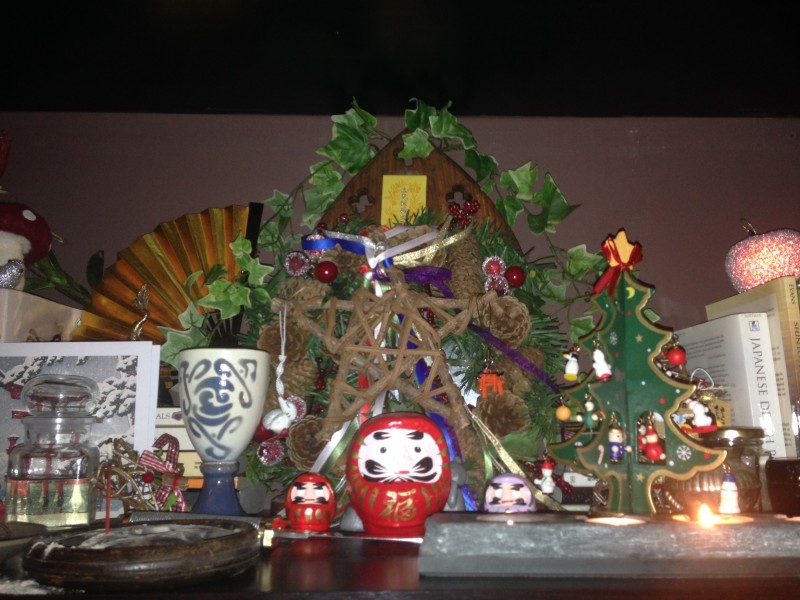
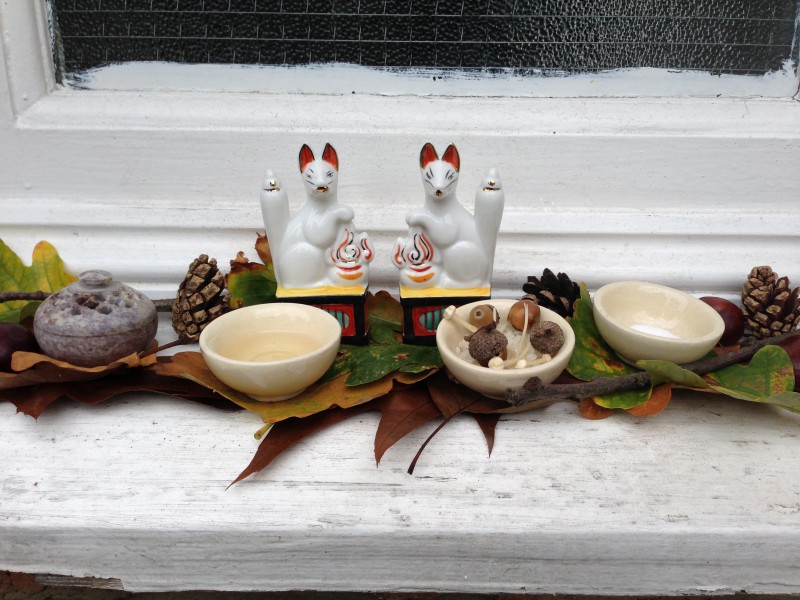

 Alan Watts has a ‘godlike’ status for those of us who prefer spirituality to religion. He of course was the first to deny guru status for himself, but as a teacher he continues through his recordings to shed light on what is otherwise obscure and confused. One area in which he sheds illumination is on the spiritual significance of rocks. In the third of a sequence on the subject this month, I should like to quote a short passage from Watts.
Alan Watts has a ‘godlike’ status for those of us who prefer spirituality to religion. He of course was the first to deny guru status for himself, but as a teacher he continues through his recordings to shed light on what is otherwise obscure and confused. One area in which he sheds illumination is on the spiritual significance of rocks. In the third of a sequence on the subject this month, I should like to quote a short passage from Watts.